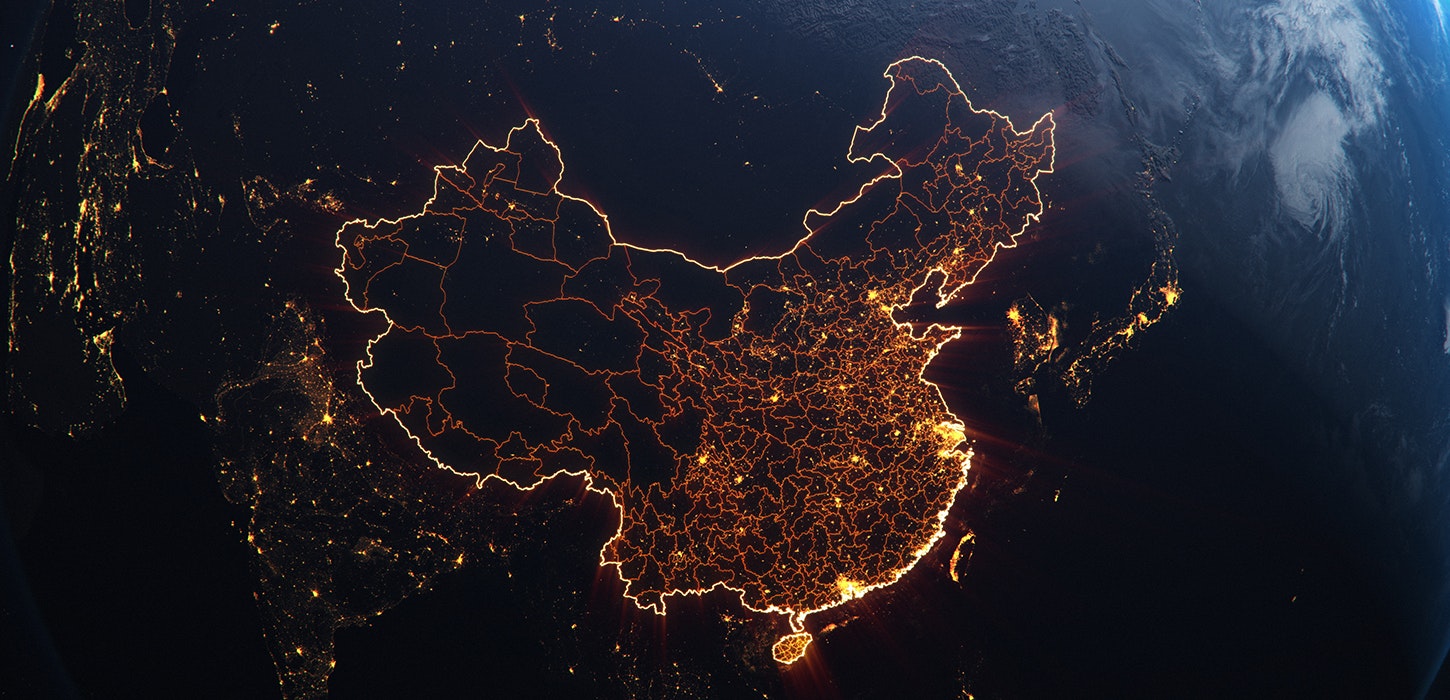
Journal article: The Geopolitics of China
Writing in the Palgrave Handbook of Contemporary Geopolitics, Head of the Adarga Research Institute Sam Olsen and Director of Geopolitical Research William Matthews, explore China's rise over the past four decades to become the second largest economy in the world and how it is shaping the geopolitical landscape.
Abstract
China’s rise over the past four decades to be the second largest economy in the world (in real terms) and the subsequent political influence this has generated are a defining feature of geopolitics today. As China’s international position has changed, so too have the geopolitical priorities of its leadership. The Chinese Communist Party (CCP) has long sought to restore the country to what it considers to be its rightful place among the great powers. “National rejuvenation” has since become a central tenet of Xi Jinping’s rule and is associated with a more assertive global role for China. This has included the push toward a multipolar world, encouraged by CCP initiatives that aim to further its economic, political, and technological influence.
China’s success and its evolving geopolitics have brought it into increased strategic competition with the United States, which is seeking multilateral cooperation to counter its rival. Nowhere are the risks of this competition more evident than the potential for conflict over Taiwan.
The article can be accessed in full here
Click here to learn more about the Adarga Research Institute

